- News
- Reviews
- Bikes
- Accessories
- Accessories - misc
- Computer mounts
- Bags
- Bar ends
- Bike bags & cases
- Bottle cages
- Bottles
- Cameras
- Car racks
- Child seats
- Computers
- Glasses
- GPS units
- Helmets
- Lights - front
- Lights - rear
- Lights - sets
- Locks
- Mirrors
- Mudguards
- Racks
- Pumps & CO2 inflators
- Puncture kits
- Reflectives
- Smart watches
- Stands and racks
- Trailers
- Clothing
- Components
- Bar tape & grips
- Bottom brackets
- Brake & gear cables
- Brake & STI levers
- Brake pads & spares
- Brakes
- Cassettes & freewheels
- Chains
- Chainsets & chainrings
- Derailleurs - front
- Derailleurs - rear
- Forks
- Gear levers & shifters
- Groupsets
- Handlebars & extensions
- Headsets
- Hubs
- Inner tubes
- Pedals
- Quick releases & skewers
- Saddles
- Seatposts
- Stems
- Wheels
- Tyres
- Health, fitness and nutrition
- Tools and workshop
- Miscellaneous
- Cross country mountain bikes
- Tubeless valves
- Buyers Guides
- Features
- Forum
- Recommends
- Podcast
review
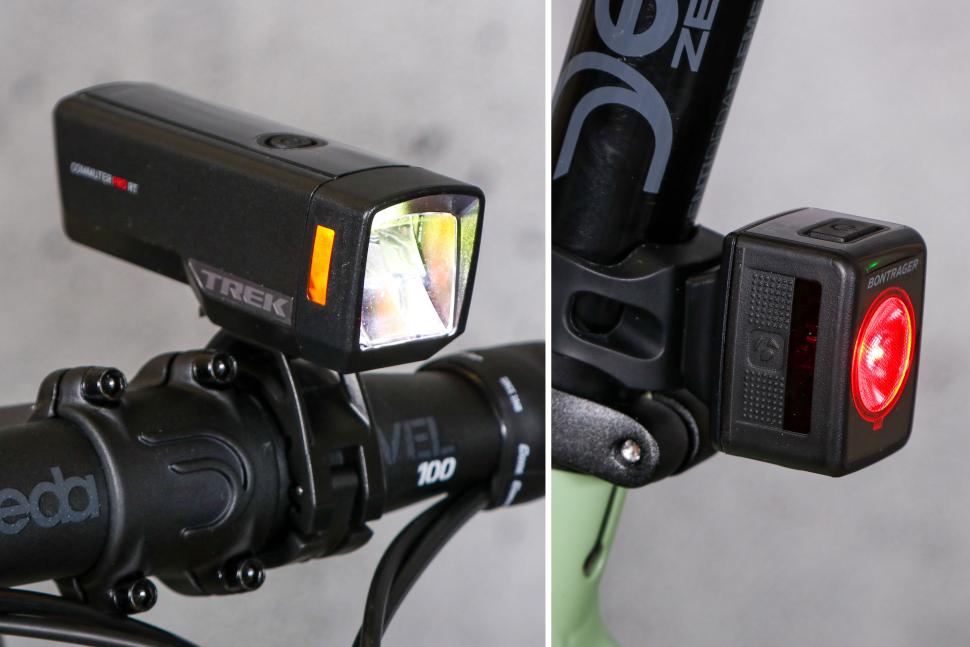 2023 Trek Commuter Pro RT Flare RT Light Set.jpg
2023 Trek Commuter Pro RT Flare RT Light Set.jpg£189.99
VERDICT:
High-quality set of lights with neat connectivity, but usability issues with the front and average battery life
Very well constructed
Anti-dazzle 'Kindbeam' works well
Battery light indicators
Connectivity saves faff
Only three modes for front
Short battery life for front
Front’s button very tricky to press with gloves on
High mounting position of front reflects off computers
Odd mix of USB standards
Weight:
261g
Contact:
At road.cc every product is thoroughly tested for as long as it takes to get a proper insight into how well it works. Our reviewers are experienced cyclists that we trust to be objective. While we strive to ensure that opinions expressed are backed up by facts, reviews are by their nature an informed opinion, not a definitive verdict. We don't intentionally try to break anything (except locks) but we do try to look for weak points in any design. The overall score is not just an average of the other scores: it reflects both a product's function and value – with value determined by how a product compares with items of similar spec, quality, and price.
What the road.cc scores meanGood scores are more common than bad, because fortunately good products are more common than bad.
- Exceptional
- Excellent
- Very Good
- Good
- Quite good
- Average
- Not so good
- Poor
- Bad
- Appalling
The Trek Commuter Pro RT Flare/RT Light Set is a pairing of two of Trek's best lights. They're very well constructed and the paired connectivity saves faffing, but while the rear is excellent, and the front's 'Kindbeam' anti-dazzle cut-off means it won't blind oncoming traffic, it's let down by a lack of modes, only average battery life, and a tricky-to-press button.
For more options, front and rear, check out our guide to the best bike lights.
The Commuter Pro RT front light has a high quality feel to it, with a very nicely finished aluminium housing and recessed front lens. The cube-shaped rear Flare RT (which comes under Trek's sister brand, Bontrager) is extremely light (I weighed it separately at just 40g, including the mount) and made of plastic but with a rubberised edge.
The Commuter Pro RT is easy to operate: a single press shows the battery level, while a double press turns both it and the rear on, using ANT+/Bluetooth connectivity. Continually pressing the button will cycle through the front light's three modes: 500 lumens, 1,000 lumens, and flashing. (The rear stays in whichever mode you've gone for.) A long press switches off both front and rear. Nifty.
If you're not using the connectivity mode, the rear can be turned on with a single press of the button, and off with a long press, and a quick press to switch through its five modes (Day Flash, 90 lumens; All Day Flash, 45 lumens; Night Flash, 5 lumens; Day Steady, 25 lumens, and Night Steady, 5 lumens).
When both front and rear are turned on and connected, the front shows two strips of five green LEDs, the one on the left showing the battery level of the front, and the one on the right showing the level of the rear. (See pic further down the review.)
Both front and rear remember the last mode they were in, which is handy.
A 15-second press on the Commuter Pro RT button puts it into 'pairing mode' to connect to the rear, with the same method used to break the connection in order to operate them separately.
There are a few more advanced features as well. The front light can also power up other devices, such as a phone, with the light off. Just press the power button and hold for eight seconds, then you can use the light as a powerbank via a USB-C cable.
You can also set the front light to miss out the flashing mode in its sequence of three, so you can just alternate between 500 and 1,000 lumens.
In use
Out on the roads, lanes and cyclepaths of my daily commute, I found the beam and brightness of both front and rear worked really well. I tended to use the 500-lumen mode up front the majority of the time, switching it to flashing for road sections, and only needed the full 1,000-lumen output for a few pitch-black leafy sections to illuminate the sides of paths.
The Kindbeam design of the front lens is really obvious to see, with a cut-off line drawn across the top of the beam. I had no complaints from oncoming cyclists on the busy Bath-Bristol cyclepath, who are pretty vocal if a light is blinding them, so I'm sure it works fine. The sides of the Commuter Pro RT light up orange for extra visibility at roundabouts and junctions.
Usability-wise, I had a couple of issues: the on-off switch on the front light is recessed flush into the main unit, making it quite difficult to feel for in winter gloves. I usually had to try three or four times to successfully change modes, so quite often just dipped a finger across the front of the light if I couldn't dip the beam in time, which kind of defeated the point a little.
Also, it sits fairly far back on its mount, and because of the way the light spreads out from the bottom of the lens, I found it had an extremely bright glare on my centrally mounted Wahoo screen; it's not something I've experienced with other lights I have, which sit further forward on their mounts. I found I had to mount my computer on the other side of the bar to avoid the glare.
Trek does sell a separate mounting and stem system (Blendr) which can hold the Commuter Pro RT underneath a centrally mounted computer, which would avoid this issue, but you'd need a Blendr stem (£59.99-£249.99) and separate mount (£9.99-£29.99) for that.
Mounts
The clamp for the front light is very easy to attach, with no tools needed to fit or remove it; it's just a hand-screwed barrel, quick to adjust and secure. It will only work with round handlebars, though.
The rear Flare RT has a simple rubber strap/hook affair that works well, and can also cope with aero or D-shaped seatposts as it has a couple of 'ladder rungs' for adjustability.
IP ratings
The front is IPX4 rated, meaning it can take very heavy rain, and splashes from any direction. The rear is rated even higher, IPX7, meaning it can be completely submerged for up to 30 minutes.
The rubber bungs protecting the USB ports are a nice tight fit, and I had no issues with water ingress, even when washing the bike with the lights in place.
Battery life & charging
Unfortunately, the front is a little let down by average battery life. I would generally use a mix of all three modes on my 40-minute each way commute, and by the third day it would need a recharge. Given its decently sized 4800mAh battery, I expected it to last longer. I think if it had a few lower powered modes, such as 200 or 300 lumens, you would be able to get a few extra days out of it. I have other lights with considerably less battery capacity but several more modes, and they can last all week.
The Flare RT, on the other hand, would easily last all week, including four-hour weekend rides.
In terms of recharging, I found the front took just under four hours, and the rear about an hour and a half, pretty much in line with Trek's specification.
One quirk that the lights have is the mix of charging cable standards on the set: the front has an up-to-date USB-C socket...
...but the Flare RT is still using the old micro-USB standard.
Luckily the set comes with a small cable of each standard included, but this means more faff or hunting around, especially if you have to charge them at work.
Value
At £189.99 the light set is slightly on the expensive side, compared with buying a front and rear separately.
Dave raved about the feature-packed Ravemen 1200, for example, giving it 9/10 and praising its beam pattern, solid construction and ability to charge other devices. Available at £99.99, this could be paired with something like the Ravemen TR500 rear, which also scored well, and is one of the most powerful rear lights we've ever tested. Together, those would come in at £165.
Or you could pair the rear with the Moon Rigel Pro, at £64.99. It also has anti-dazzle features, and a 1,000-lumen and 350-lumen output, and only weighs 123g. It includes some clever tech to adjust the brightness of each mode as well.
Or, at £110, the highly rated Exposure Sirius Mk10 Daybright that we reviewed last January sports a 900-lumen max mode, but can also run up to 36 hours via tweaking of its outputs. It weighs 85g and can also charge other devices, like the Trek.
Conclusion
This is a high-quality and well-made set of lights with useful connectivity. However, the front has only average battery life, along with a tricky-to-access button and a mounting position that means it reflects off bike computers. On top of that there's the odd mix of USB cables for charging, and the savings that you can make by buying separate but equally powerful lights elsewhere make it hard to fully recommend.
Verdict
High-quality set of lights with neat connectivity, but usability issues with the front and average battery life
road.cc test report
Make and model: Trek Commuter Pro RT Flare RT Light Set
Size tested: One Size
Tell us what the light set is for and who it's aimed at. What do the manufacturers say about it? How does that compare to your own feelings about it?
It's a ready-to-go pairing of two of Trek's best lights. Quality construction and "kindbeam" anti-dazzle cut-off means the front won't blind oncoming traffic, and paired connectivity saves faffing. However, the front is let down by a lack of modes and average run-times.
Trek says: "A ready-for-anything light set that pairs Daytime Running Light visibility with the bright commuter Pro RT front light. Kindbeam keeps more light on the path ahead of you while avoiding oncoming riders' eyes, for a bright light that won't blind oncoming riders. It's equipped with a visible fuel gauge, wireless connection to the rear light and charge-back that allows you to use the light as a battery bank to charge gadgets. All buttoned up with a Flare RT for the best light package for any ride."
Tell us some more about the technical aspects of the light set?
Front lens includes Kindbeam cut off, and orange side visibility
Battery capacity
Front: 4800mAh 17.28Wh
Rear: 420mAh 1.6Wh
Rechargeable, with a charge time of charge time 4 hours/2 hours
Dimensions 117.4 L x 31.2 W x 40.3 H (mm)
IPX4 - (meaning Splash proof with water from any direction)
ANT+ / Bluetooth connectivity (turning on the front light, automatically switches on the rear light as well)
Front Commuter Pro RT lumens and runtimes:
High beam 1000 lumens
Low beam 500 lumens
Day Flash 300 lumens
Rear Flare RT lumens and runtimes:
Day Flash 90 lumens 6 hours
All Day Flash 45 lumens 12 hours
Night Flash 5 lumens 15 hours
Day Steady 25 lumens 4.5 hours
Night Steady 5 lumens 13.5 hours
Rate the front light for quality of construction:
9/10
Rate the rear light for quality of construction:
8/10
The front Commuter Pro RT is in a very nicely finished aluminium housing, with the front lens recessed. There is a high quality feel to it. The cube-shaped rear Flare RT is extremely light (I weighed it separately at just 40g, including the bracket), made of plastic, but with a rubberised edge.
Rate the light set for design and ease of use. How simple were the lights to use?
8/10
The Commuter Pro RT is easy to operate: a single press shows the battery level; a double press turns it on, and will automatically turn on the rear as well. A long press turns it off.
If not using the connectivity mode, the rear can be turned on by a single press of the button and a long press to turn it off, or a quick press to switch modes.
Both front and rear remember the last mode they were in, which is handy.
The front light can also power up other devices, such as a phone, so you can use it as a power bank via a USB-C cable. You can also set it to "skip out" flashing mode in the sequence of the three available modes.
But I had a couple of issues with the front light: the on-off switch is recessed flush into the main unit, making it quite difficult to feel for in winter gloves. I usually had to try three or four times to successfully change modes, so quite often just dipped a finger across the front of the light if I couldn't dip the beam in time, which kind of defeated the point a little.
Also, it sits fairly far back on its mount, and because of the way the light spreads out from the bottom of the lens, I found it had an extremely bright glare on my centrally mounted Wahoo screen; it's not something I've experienced with other lights I have, which sit further forward on their mounts. I found I had to mount my computer on the other side of the bar to avoid the glare.
Rate the front light for the design and usability of the clamping system
7/10
Rate the rear light for the design and usability of the clamping system
8/10
The clamp for the front light is very easy to attach, with no tools needed to fit or remove it; it's just a hand-screwed barrel, quick to adjust and secure. It will only work with round handlebars, though.
The Flare RT has a simple rubber strap/hook affair that works well, and can also cope with aero or D-shaped seatposts as it has a couple of 'ladder rungs' for adjustability.
Rate the front light for waterproofing. How did it stand up to the elements?
9/10
Rate the front light for waterproofing. How did it stand up to the elements?
10/10
The front is rated IPX4, meaning it can take very heavy rain and splashes from any direction. The rear Flare RT is IPX7, meaning it can be completely submerged for up to 30 minutes.
The rubber bungs protecting the USB ports are a nice tight fit, and I had no issues with water ingress, even when washing the bike with the lights in place.
Rate the front light for battery life. How long did it last? How long did it take to recharge?
5/10
Rate the rear light for battery life. How long did it last? How long did it take to recharge?
9/10
The front has an average battery life; I would generally use a mix of all three modes on my 40-minute commute, and by the third day it would need a recharge.
The Flare RT, on the other hand, would easily last all week, including four-hour weekend rides.
The front took just under 4 hours to recharge, and the rear about 1.5 hours.
One quirk the lights have is a mix of charging cable standards: the front has a USB-C socket, but the rear is still using the old micro-USB standard.
Rate the front light for performance:
6/10
Rate the rear light for performance:
9/10
Out on the roads, lanes and cyclepaths of my daily commute, I found the beam and brightness of both front and rear worked really well. But usability-wise, I had a couple of issues with the front light, mentioned above.
Rate the front light for durability:
8/10
Rate the rear light for durability:
8/10
Both front and rear are well made, and will stand up to knocks or drops.
Rate the front light for weight:
5/10
Rate the rear light for weight:
9/10
I think the Commuter Pro RT is pretty average on weight, compared with other aluminium-bodied lights of a similar battery capacity and lumen output.
The Flare RT is exceptionally light for the performance it offers.
Rate the light set for value:
4/10
At £189.99 this is on the expensive side, compared with buying a front and rear separately.
Tell us how the lights performed overall when used for their designed purpose
For commuting I felt the Commuter RT Pro/Flare RT pairing worked well, making it easy to get on and ride with their connectivity.
Tell us what you particularly liked about the lights
Quality construction, good mounts, Kindbeam avoids dazzling oncoming traffic, front and rear connectivity works well.
Tell us what you particularly disliked about the lights
Average battery life, on-off button hard to press with winter gloves, mounting position reflects off cycling computers. Two different standards of cable needed for recharging.
How does the price compare to that of similar products in the market, including ones recently tested on road.cc?
At a fairly hefty £189 it's up against some stiff competition when compared to buying a front and rear separately.
Dave raved about the feature-packed Ravemen 1200, for example, giving it full marks, and praising its beam pattern, solid construction and ability to charge other devices. Available at £99.99, this could be paired with something like the Ravemen TR500 rear, one of the most powerful rear lights we've ever tested, which costs £64.99. Together they would come in at less than £165.
Or pair the Flare RT (£49.99) with a different front: the Moon Rigel Pro is £64.99, also has anti-dazzle features, and a 1,000 lumen and 350 lumen output, and weighs only 123g. It includes some clever tech to adjust the brightness of each mode as well.
At £100, the highly rated Exposure Sirius Mk10 Daybright sports a 900-lumen max mode, and can also run up to 36 hours if you tweak its output. It also weighs only 85g. It can also charge other devices, like the Trek.
Did you enjoy using the lights? Yes
Would you consider buying the lights? The Flare RT yes, but I would consider other front lights.
Would you recommend the lights to a friend? Possibly
Use this box to explain your overall score
On its own, the rear would likely score 9/10; it's an excellent light, especially given its low weight. However, the front, despite its high quality and Kindbeam tech, has a number of issues that bring the overall score down. It's not a terrible set, but unfortunately, the excellent rear doesn't fully make up for the average battery life, limited modes, tricky-to-access button and mounting position of the front, which is why I'm going for 6 overall.
About the tester
Age: 43
I usually ride: GT Grade My best bike is: Boardman ASR 8.9
I've been riding for: Over 20 years I ride: Most days I would class myself as: Experienced
I regularly do the following types of riding: commuting, club rides, sportives, general fitness riding, mtb, Zwifting
Latest Comments
- spen 3 sec ago
In December last year Charlie Baker the head of the NCAA was giving evidence. It went like this ...
- brooksby 16 min 49 sec ago
Nope - clearly the whole thing was an optical illusion and he's living it up on a party island somewhere…
- chrisonabike 17 min 48 sec ago
Wait - they didn't tow her away and then charge her with obstructing the highway?...
- ymm 45 min 58 sec ago
The loud and shouty motorists groups, such as this one that Moody represents, don't represent the views of all road users and their bluster and...
- wtjs 55 min 54 sec ago
As you say, optimised for ease of manufacture, assembly and disassembly- just imagine what fun you could have with hookless rims on this hub.
- Sredlums 57 min 7 sec ago
All extreme aero bikes are ugly, so you can't really hold that against this one specifically. Also, those ridiculously high stacked aero extensions...
- Hirsute 1 hour 25 min ago
I think the driver would have accelerated more with the same result.
- JeremyD 1 hour 35 min ago
Unrelated, what are those leg warmers? Are these white panels reflective? I've been looking for a way to boost my visibility for my morning commute...
- levestane 2 hours 3 min ago
I wonder what the same view will look like in 2035?
- David9694 2 hours 4 min ago
Person trapped after car crashes into wall...














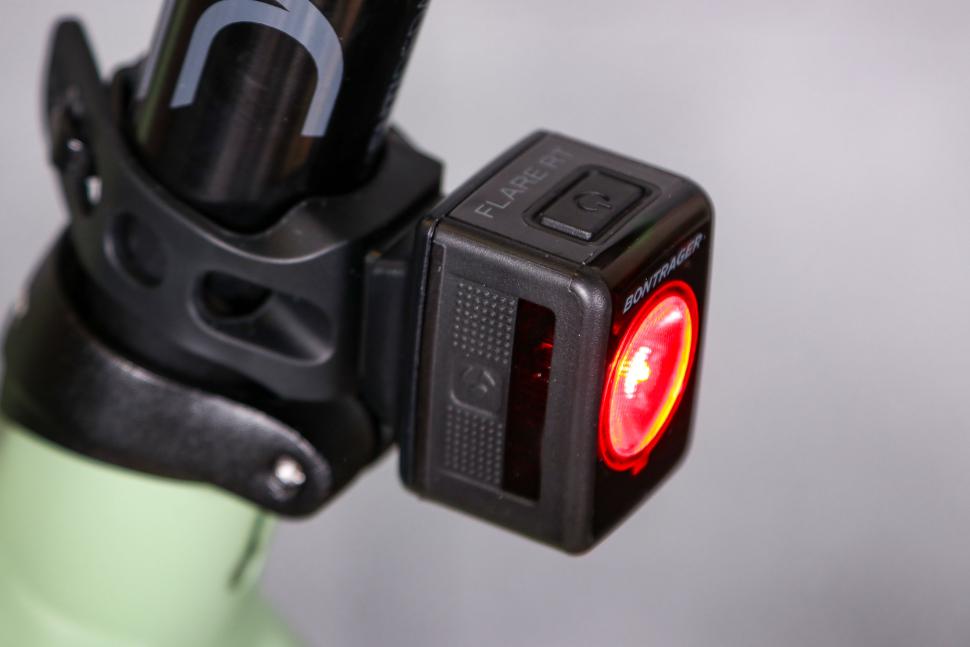
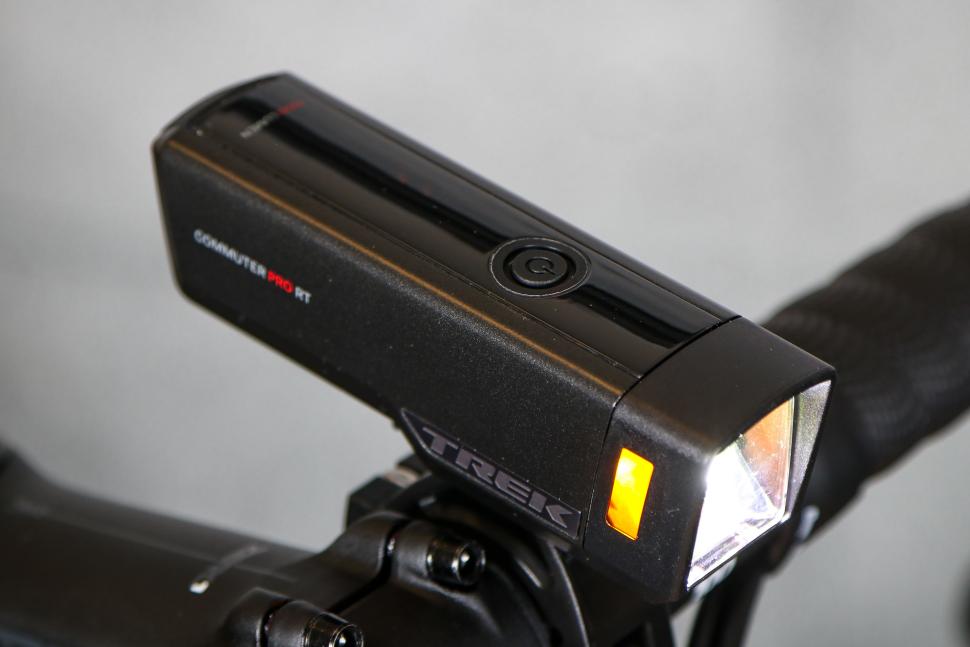
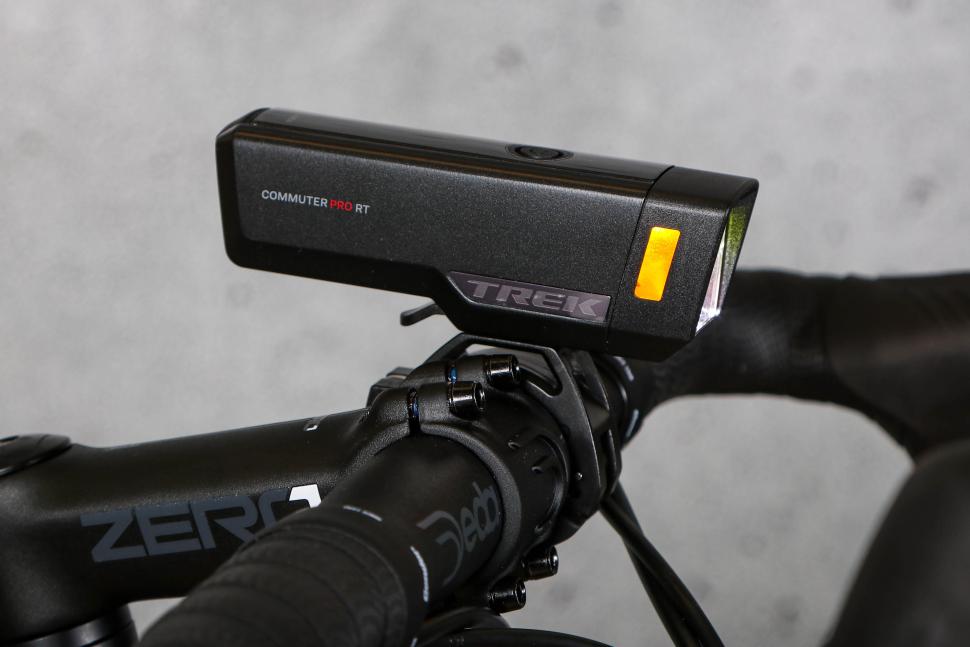


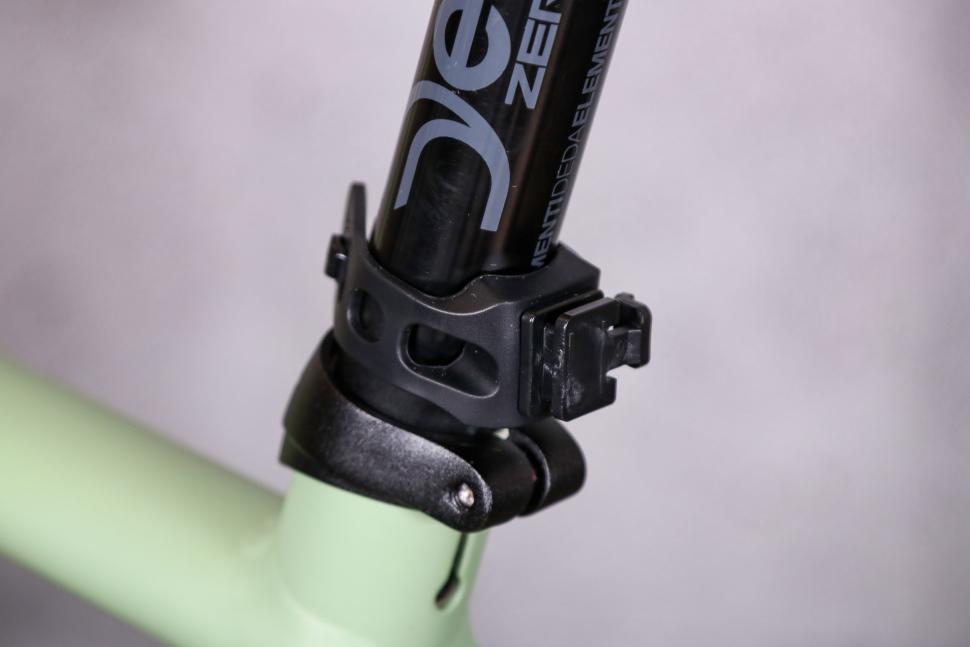
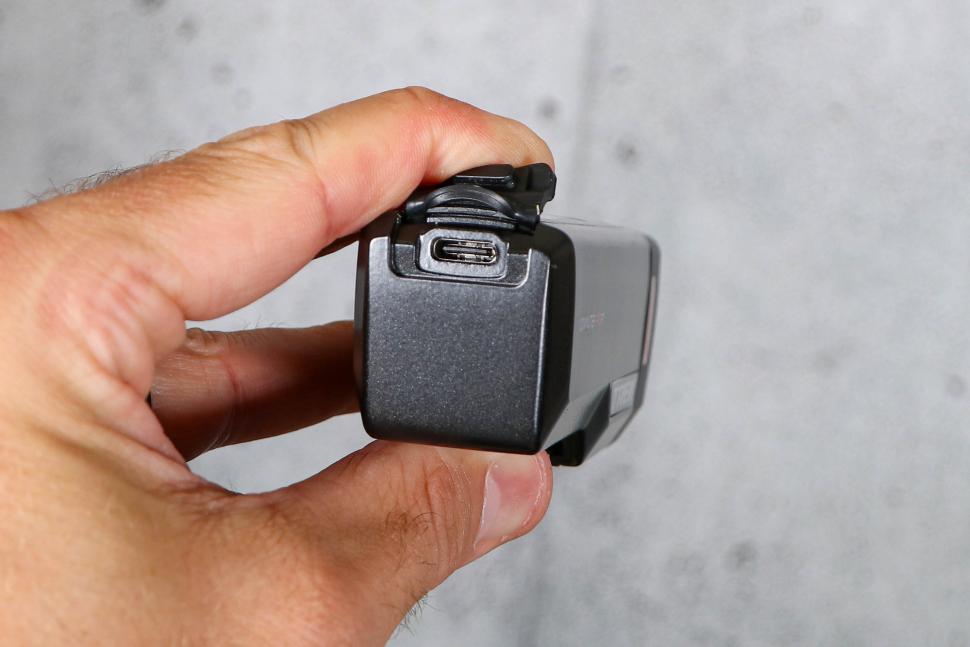
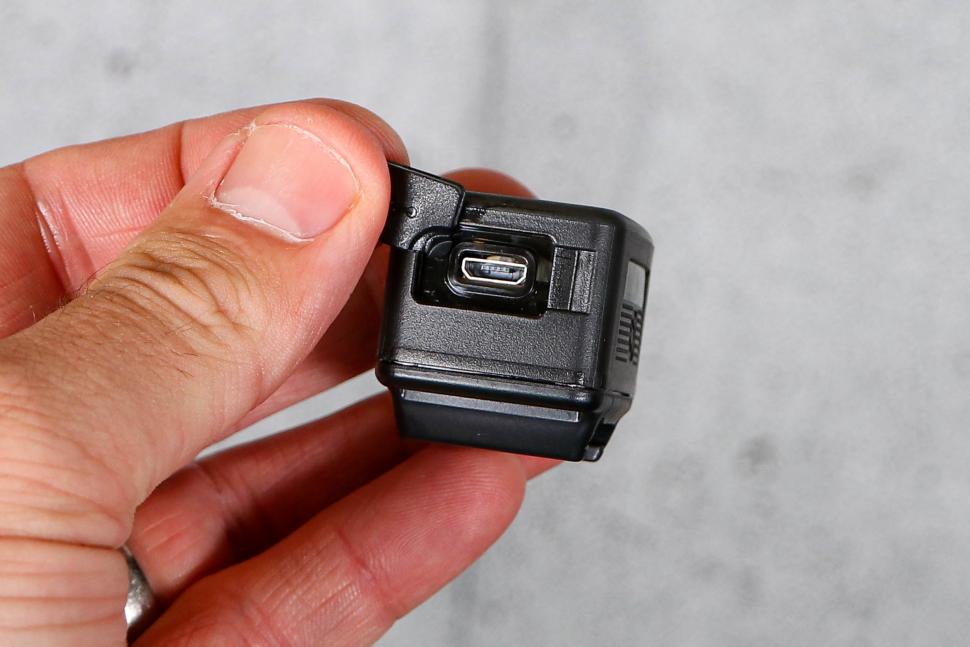
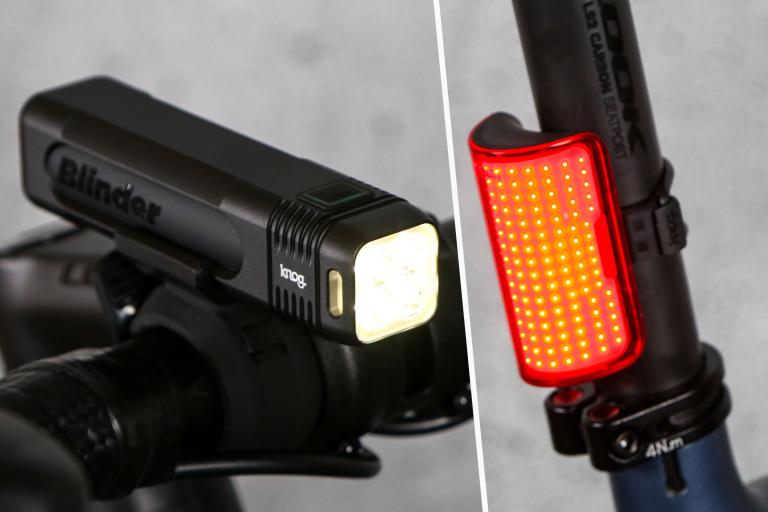

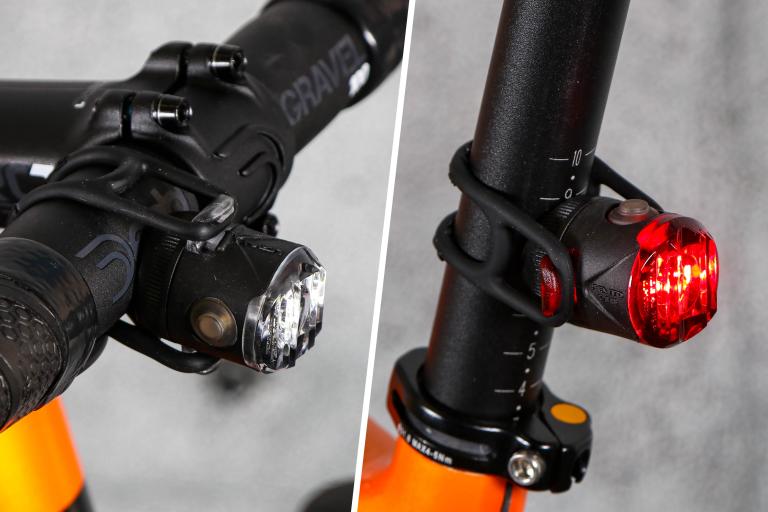

Add new comment
1 comments
A couple of additional notes on these lights - I have a Flare RT rear but not the front.
There are 2 bluetooth remotes you can get for them, a single button one and a 5-button one. Search "Bontrager Transmitr". The 5 button one is discontinued but you can still find around in a number of places.
Secondly they both support the Bluetooth lights profile which means that a lot of the Garmin Edges can control them. Not sure its any better in winter gloves but it does give you another control option. You can use the Garmin to control them as a pair or individually and switch brightness and flashing profiles.
Pairing them to an Edge also causes them to auto start when you press the "go" button on the head unit to start recording.
If you're a fully paid up member of the Garmin eco-system (and lets face its thats a lot of us) this option might just tip you over the edge into purchase mode.
There are also frequent offers on the Flare RT - infact I suspect you can probably sometimes pick up both lights for cheaper than this package.